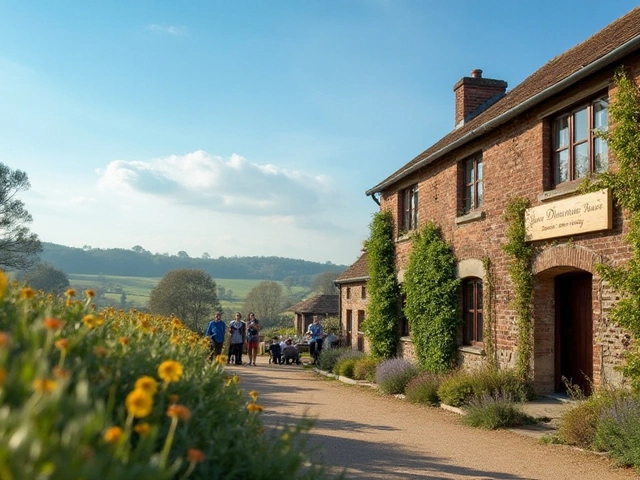Teaphile: Your Go‑To Hub for All Things Tea
Are you the kind of person who can’t start the day without a cup of tea? Do you spend weekends hunting for rare leaves and perfecting your brew? You’re not alone – the teaphile community is growing fast, and this page is built just for you. We’ll walk you through the basics of tea tasting, share smart pairing ideas, and give you quick tips to keep your stash fresh.
How to Taste Tea Like a Pro
First thing’s first: tasting tea isn’t just about sipping. Grab a clean cup, pour water at the right temperature (usually between 175°F for green tea and 212°F for black), and let the liquid sit for the recommended time. Look at the color – a bright amber means good oxidation, while a dull green could signal over‑steeping. Then take a sip, hold it in your mouth for a few seconds, and notice the flavor layers. Is it floral, earthy, or a bit brisk? Write down what you hear; a simple notebook can become a powerful flavor log.
Perfect Pairings: Food Meets Tea
Pairing food with tea works the same way it does with wine – contrast or complement. Light herbal teas shine with fresh salads or mild cheeses, while robust black teas can handle richer foods like chocolate or smoked meats. If you’re serving a tea tasting, offer small bites: a slice of lemon cake with Earl Grey, a few almonds with oolong, and a tiny scone with Darjeeling. The key is to keep portions tiny so the tea stays the star.
Now, let’s talk storage. Keep tea away from light, heat, and moisture. An airtight tin stored in a cool pantry is ideal. If you have a large collection, separate different types – green tea doesn’t mix well with strong-smelling spices. For those curious about old tea, like a 10‑year‑old black blend, check the aroma first. If it smells stale or moldy, it’s best to toss it.
Ever wondered what to drink before a tea tasting? Warm water or a light herbal infusion can cleanse your palate without overwhelming any flavors. Skip the coffee – it will mask the subtle notes you’re trying to catch.
Planning a tea tasting at home? Set up a simple station: a kettle, a timer, a few cups, and your tea varieties. Label each tea, give a short note about origin, and let guests try them in a blind test. It’s fun, educational, and you’ll learn a lot about your own preferences.
For the ultimate teaphile experience, experiment with water source. Filtered water often brings out cleaner flavors than tap water, especially if your tap is hard. Also, try adjusting steep times – a minute extra can turn a delicate tea into something bitter, while a minute less can leave it flat.
Finally, join the conversation. Share your tasting notes on forums, swap recommendations with friends, and keep exploring new regions. Whether you’re sipping a rare pu‑erh or a daily green, the journey never ends.
Wondering what to call a tea lover? Get the right term-teaphile, aficionado, teaholic, and more-with examples, etiquette, and a quick cheat sheet.
View Details

